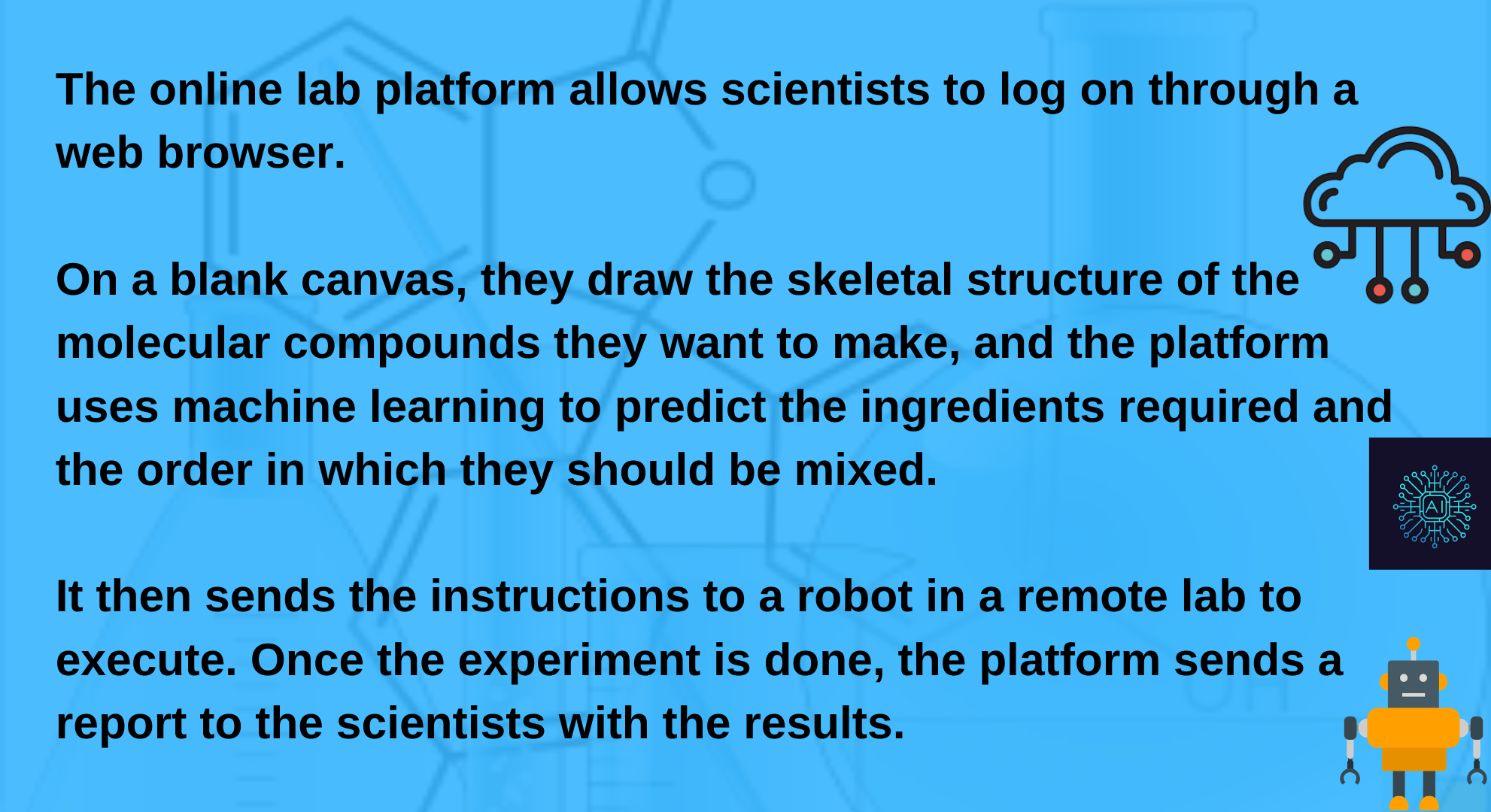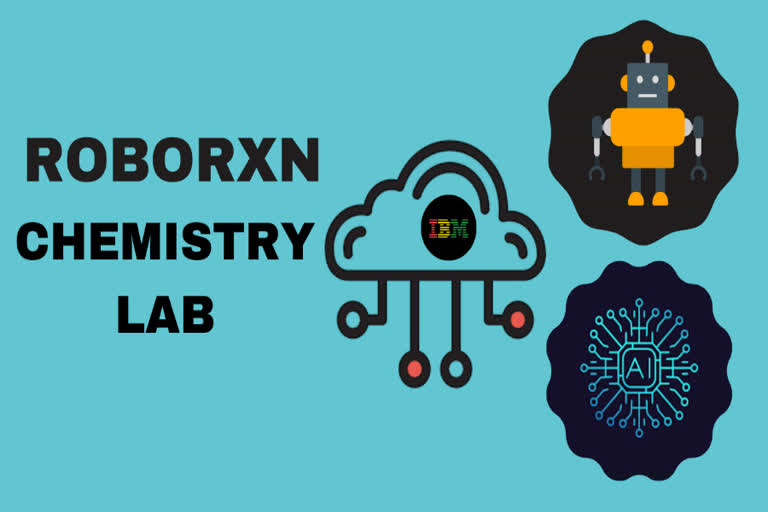MIT Technology Review, USA: How does RoboRXN works? How scientists can work in this lab-made in cloud?

Why it matters: New drugs and materials traditionally require an average of 10 years and $10 million to discover and bring to market. Much of that time is taken up by the laborious repetition of experiments to synthesize new compounds and learn from trial and error. IBM hopes that a platform like RoboRXN could dramatically speed up that process by predicting the recipes for compounds and automating experiments. In theory, it would lower the costs of drug development and allow scientists to react faster to health crises like the current pandemic, in which social distancing requirements have caused slowdowns in lab work. A tweet from IBN Research talks about RoboRXN.
-
🧪👩🔬🧑🔬Today, IBM scientists synthesized a molecule with AI,@IBMcloud and a robot. https://t.co/ZqawmKvWxg pic.twitter.com/8O45lMzALQ
— IBM Research (@IBMResearch) August 26, 2020 " class="align-text-top noRightClick twitterSection" data="
">🧪👩🔬🧑🔬Today, IBM scientists synthesized a molecule with AI,@IBMcloud and a robot. https://t.co/ZqawmKvWxg pic.twitter.com/8O45lMzALQ
— IBM Research (@IBMResearch) August 26, 2020🧪👩🔬🧑🔬Today, IBM scientists synthesized a molecule with AI,@IBMcloud and a robot. https://t.co/ZqawmKvWxg pic.twitter.com/8O45lMzALQ
— IBM Research (@IBMResearch) August 26, 2020
Not alone: IBM is not the only one hoping to use AI and robotics to accelerate chemical synthesis. A number of academic labs and startups are also working toward the same goal. But the concept of allowing users to submit molecules remotely and receive analysis on the synthesized molecule is a valuable addition of IBM’s platform, says Jill Becker, the CEO of one startup, Kebotix: “With RoboRXN, IBM takes an important step to speed up discovery.”
Copyright 2020 Technology Review, Inc.
Distributed by Tribune Content Agency, LLC
Also Read: Participation-washing could be the next dangerous fad in machine learning



